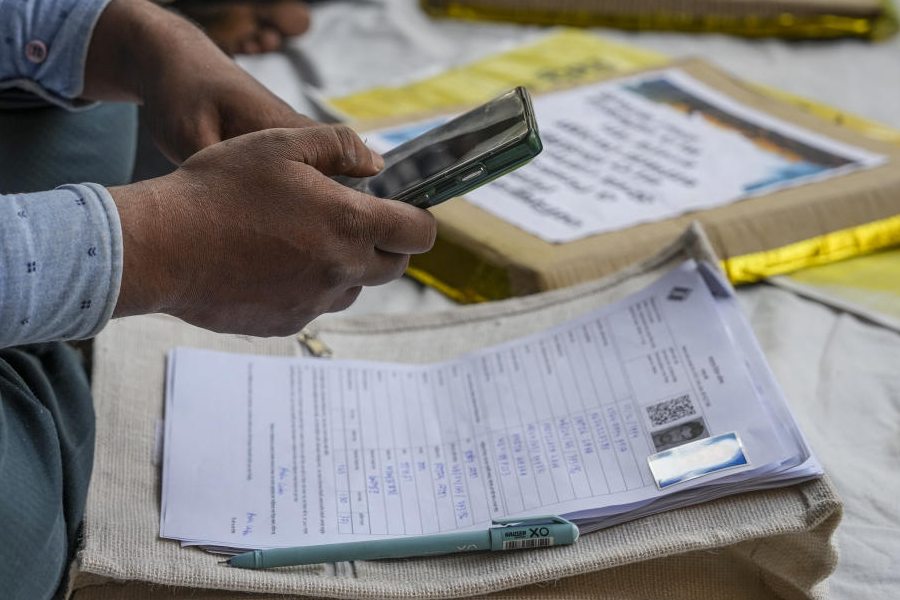 |
| INS Tabar |
New Delhi, Nov. 23: The world’s navies are at sea in the Gulf of Aden in the fight against piracy off Somalia’s coast. The Indian naval ship Tabar has added one more to that number dramatically, by taking out a pirate vessel in an out-of-area — beyond India’s territorial waters — action for the first time last week.
But despite the cheer that has greeted the Indian naval action, there is no unanimity on how the operations should be conducted. The Indian Navy itself is confused because there is no mechanism to co-ordinate with the other navies deployed in the zone.
Among the navies present in waters off the Horn of Africa are the Combined Task Force 150, a “coalition of the willing” that the US built when it began Operation Enduring Freedom in Afghanistan (2001) that includes ships from the US, Denmark, France, Germany, Canada, the UK and Pakistan. In addition, the US 5th fleet based in Bahrain also supports the CTF 150.
India cannot join this grouping because the task force operates in support of Operation Iraqi Freedom, the US war in Iraq, that India is diplomatically committed against.
In addition, a Nato force with ships from the UK, Germany, Italy, Turkey and the US is expected to be beefed up further in December. India is neither a member of Nato nor designated a “non-Nato ally”.
Between four and six warships from the European Union supported by four maritime patrol aircraft are joining duty in the Gulf of Aden.
Earlier last week, a frigate from Russia’s Baltic fleet, the Neutrashimy (Fearless), began an independent patrol off the Horn of Africa. And now an Indian destroyer is on its way.
The Tabar’s action has been greeted with cheer — from Australia where a newspaper said India’s action was the “template” for the battle against piracy, to the International Maritime Bureau that has asked other navies to learn from India, to the US where the state department spokesperson congratulated India.
At naval headquarters in New Delhi, however, the optimism generated by the Tabar’s action is tempered by a concern over how the Indian Navy will fit into the complex naval grid in the Gulf of Aden. There is also concern that the presence of so many warships from all over the world will invariably lead to “snooping” — efforts to assess the potential of battleships and record radar and communication signatures.
It is for this reason that the Indian Navy now wants to cover the tracks of the deployment of a second ship to the region after first letting it be known that a Delhi-class destroyer would be off Somalia in four days. There are three Delhi-class destroyers in the Indian fleet — the INS Delhi, INS Mumbai and the INS Mysore.
“There are about two-dozen warships there from about a dozen or more countries,” a senior naval officer in Delhi said. “We have to know how to co-ordinate with them.”
Ironically, the number of pirate raids has increased despite the increasing presence of warships. The biggest of the hijackings, too, has been over the weekend with the taking over of the Sirius Star, a Saudi super-tanker, that followed the seajacking of a Ukrainian carrier ferrying 33 battle tanks.
In purely military terms, a huge asymmetry exists in the battlefield of the Gulf of Aden — the pirates are armed with AK-47s, speedboats and “mother vessels” that are usually dhows, while the navies have frigates, destroyers, cruisers and helicopters. Yet, they are clueless, in the absence of leadership, on what to do to secure the sea lane.










